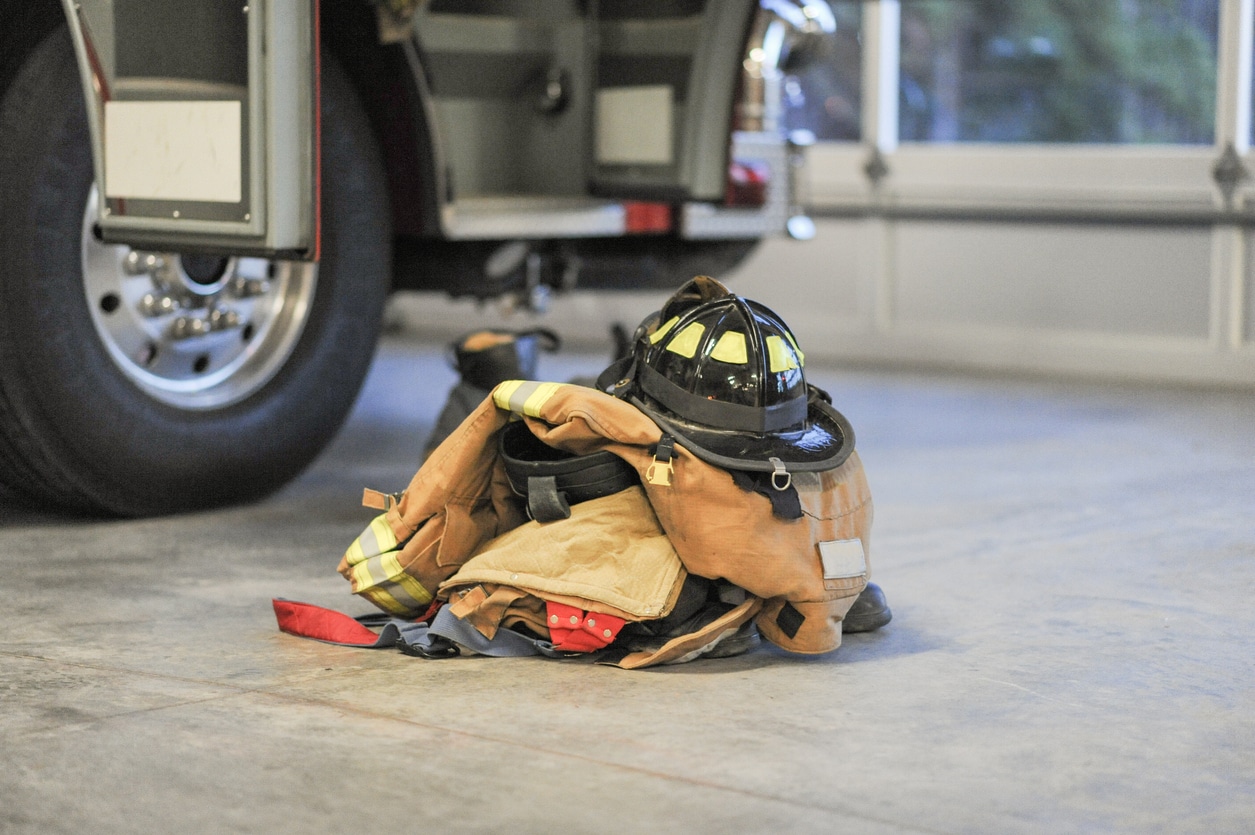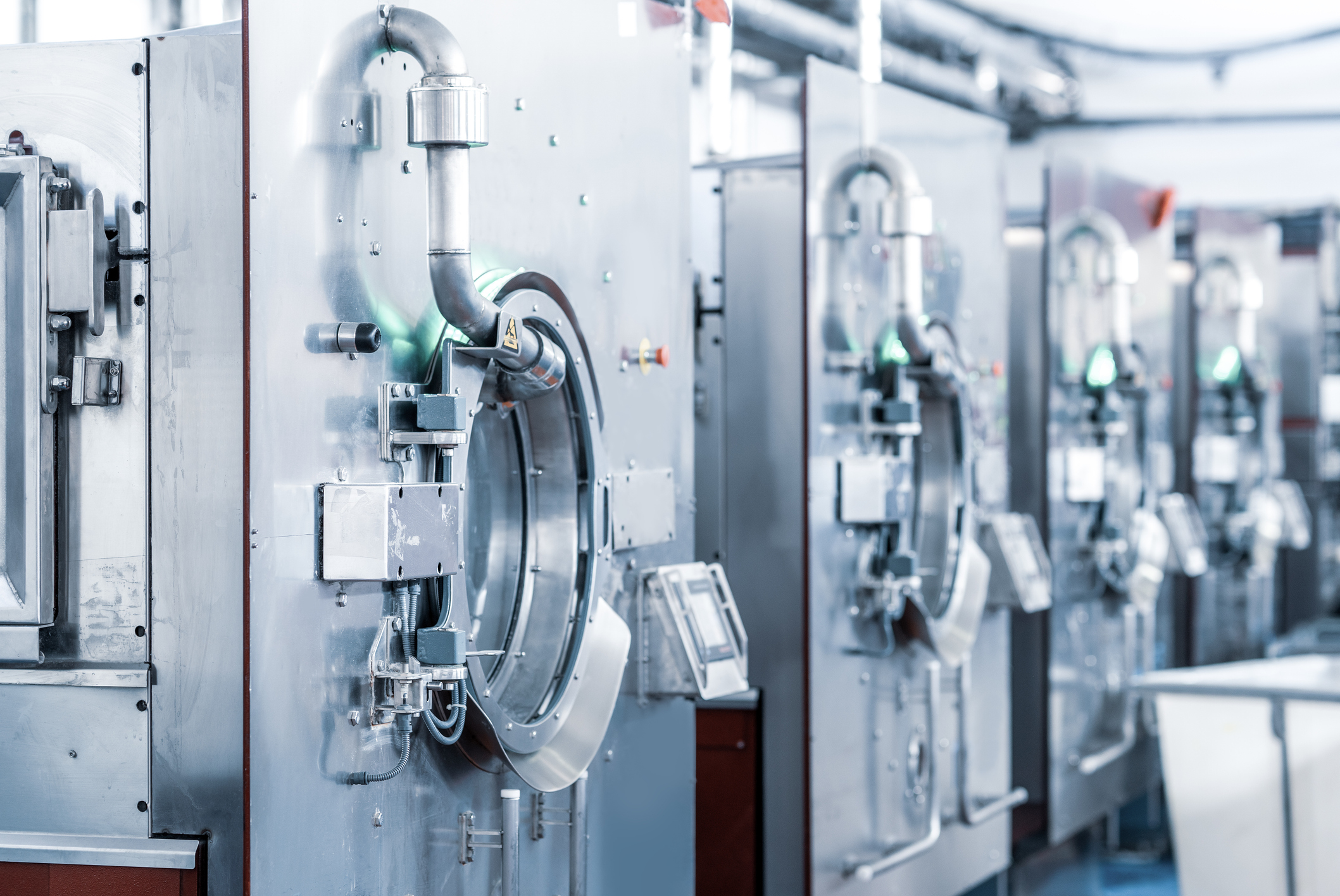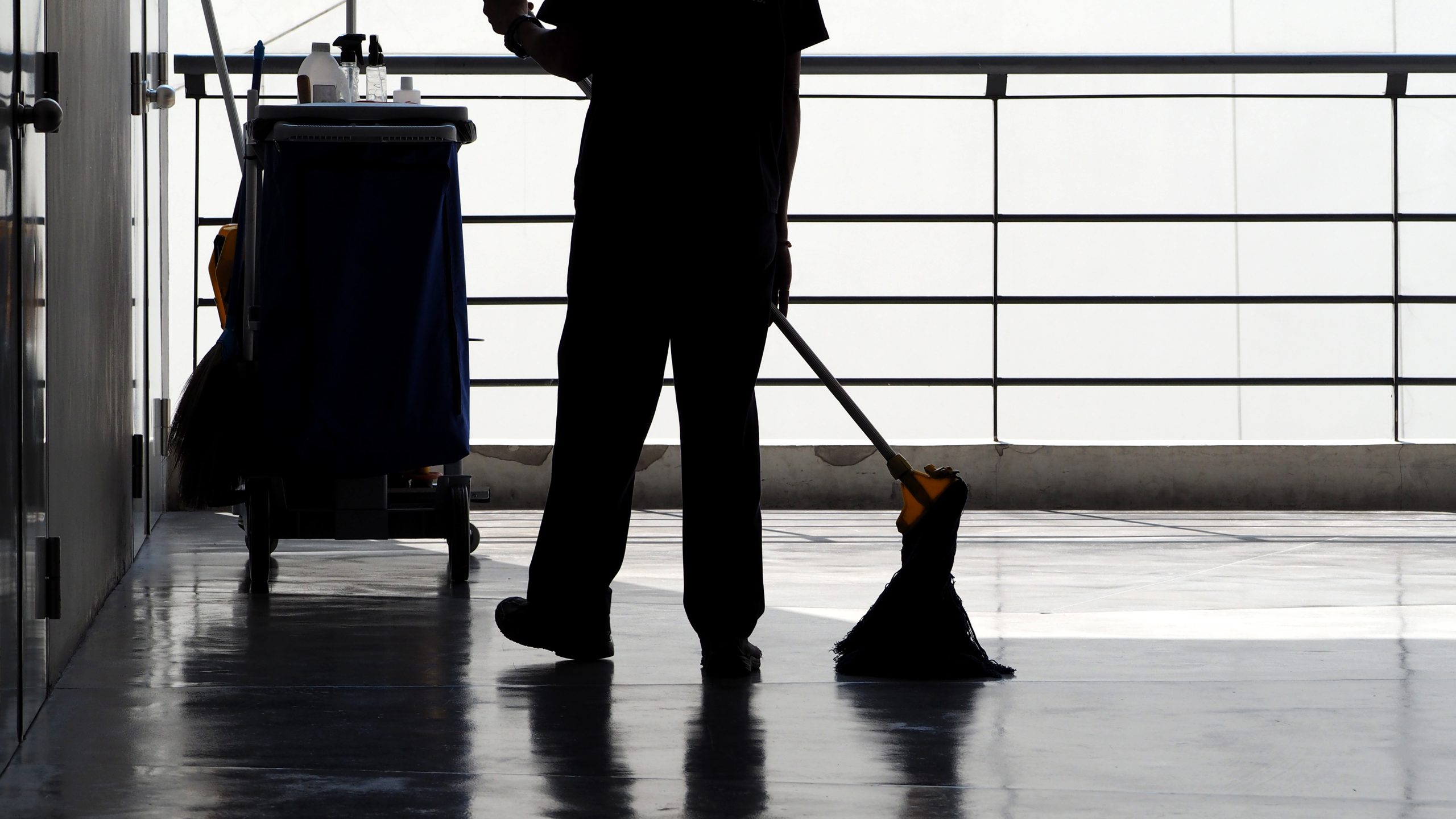Managing industrial PPE can be complex and costly, particularly if your organization uses a wide…

Protecting Those Who Protect Us: Firefighter Turnout Gear Laundering
Firefighters rely on their turnout gear for protection against intense heat, hazardous materials, and dangerous environments. However, after every call, this gear accumulates harmful contaminants like carcinogens, chemicals, and soot that pose severe risks to firefighters’ health if not properly cleaned. Proper laundering of turnout gear is essential not only for removing these contaminants but also for maintaining the protective qualities of the gear itself.
In this post, we’ll explore the importance of laundering firefighter gear according to NFPA 1851 standards. These guidelines ensure that each piece of equipment is thoroughly inspected, cleaned, and maintained to safeguard the health of those who protect us. Bates Enterprises is dedicated to following these industry standards, helping fire departments extend the life of their gear while keeping firefighters safe from harm.
Why Proper Turnout Gear Laundering is Critical
After every call, firefighters are exposed to extreme conditions that leave their turnout gear contaminated with hazardous materials. Soot, ash, chemicals, and carcinogens from fires can settle into the fabric, creating serious health risks if not properly cleaned. Studies have shown that prolonged exposure to these toxins can lead to respiratory problems, skin irritation, and, in more severe cases, an increased risk of developing cancer. Regular, thorough cleaning of turnout gear is crucial to reduce this exposure and protect the long-term health of firefighters.
Beyond health concerns, proper laundering is also essential for maintaining the protective qualities of the gear. Firefighter turnout gear is designed to withstand extreme heat and protect against dangerous materials, but if not properly cleaned and maintained, its protective layers can degrade over time. Residue buildup from previous fires can also reduce the fabric’s ability to repel water and resist flames, making it less effective in dangerous situations.
By adhering to proper cleaning protocols, including those outlined in NFPA 1851, fire departments can extend the lifespan of their turnout gear so it continues to provide the necessary protection. Bates Enterprises understands these risks and follows strict cleaning procedures to thoroughly decontaminate and inspect each piece of gear. The safety and health of firefighters depend on clean, well-maintained turnout gear, making professional laundering services an essential part of fire department operations.
Critical Steps in Firefighter Turnout Gear Laundering
Properly cleaning firefighter turnout gear requires specialized knowledge and equipment to keep the gear safe, functional, and compliant with industry standards. Here’s a rundown of the general critical stages of laundering turnout gear.
- Initial Inspection: Before cleaning begins, each piece of turnout gear is thoroughly inspected for visible damage, such as tears, frayed seams, or compromised closures. This way, repairs can be made before the gear is cleaned, preventing further damage during laundering.
- Pre-Treatment: Tough stains, including grease, oil, or chemicals, often require pre-treatment with specific cleaning solutions. This step helps to break down contaminants before the main washing cycle begins to achieve a deeper clean.
- Specialized Detergents: Regular laundry detergents are unsuitable for turnout gear, as they can degrade the fabric and reduce its protective qualities. Instead, specialized detergents that are NFPA 1851-compliant are used. These detergents are formulated to remove contaminants without damaging the gear’s heat and moisture barriers.
- Washing Process: Turnout gear is washed in industrial-grade machines designed to handle bulky items while maintaining a gentle cleaning process. The washing cycle is carefully controlled to avoid high temperatures or harsh agitation, which could damage the gear. Items are typically washed separately to prevent cross-contamination.
- Drying: Once cleaned, the gear is air-dried or dried in specialized dryers that use low heat to prevent shrinking or damage to the protective layers. High heat can deteriorate the fabric, so care is taken to maintain the gear’s structural integrity.
- Post-Cleaning Inspection: After the gear has been cleaned and dried, a final inspection is conducted to check that all contaminants have been removed and that the gear remains in good working condition. If any issues are detected, repairs are made before the gear is returned to the fire department.
NFPA 1851 Standards: Promoting Firefighter Safety
The NFPA 1851 standard sets guidelines for inspecting, cleaning, and maintaining firefighter turnout gear. These regulations are designed to ensure that gear is correctly cared for, maintaining its protective qualities while reducing the risks associated with contamination.
The standard requires regular inspections for turnout gear, including routine and advanced inspections, to detect any damage that could compromise safety. By adhering to these guidelines, fire departments’ equipment can remain compliant and safe for use in hazardous environments.
NFPA 1851 also outlines specific cleaning requirements, including appropriate detergents, cleaning methods, and temperatures. Improper cleaning can damage the moisture barrier or thermal lining, rendering the gear less effective. Following the NFPA’s recommendations helps extend the life of the gear so that it continues to provide the necessary protection during emergencies.
Bates adheres to the NFPA 1851 standards for properly cleaning, inspecting, and maintaining all turnout gear. Our laundering process is tailored to meet these strict guidelines, helping fire departments keep their gear in optimal condition. From regular inspections to specialized cleaning protocols, our services are designed to protect firefighters and their essential equipment so they’re ready to face the next call with gear they can trust.
Protect Your Gear and Your Team with Proper Laundering
Proper laundering of firefighter turnout gear is essential for extending its lifespan and ensuring the safety of those who rely on it. By following NFPA 1851 standards, fire departments can maintain the integrity of their gear, preventing unnecessary wear and contamination that could compromise its effectiveness.
Regular cleaning and inspections are vital for keeping firefighters safe from the harmful effects of exposure to carcinogens and toxic materials. With the proper laundering process, gear remains in top condition, ready to provide maximum protection during emergencies.
Trust Bates Enterprises for NFPA-Compliant PPE Laundering Services in Alabama
At Bates Enterprises, we specialize in NFPA-compliant laundering services for firefighter turnout gear. Our team of local experts uses specialized equipment and detergents to thoroughly clean, inspect, and maintain your gear. Call us at 256-378-6118 or reach out online now to schedule your PPE laundering and keep your team safe with properly maintained equipment.



